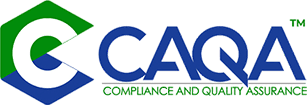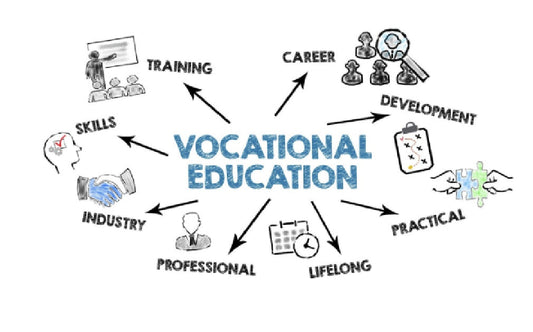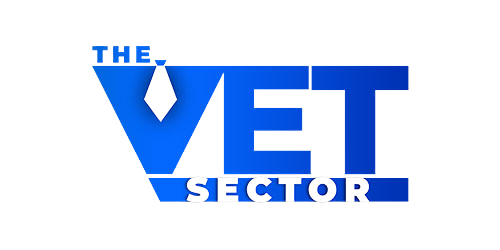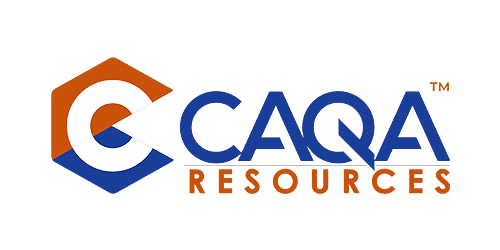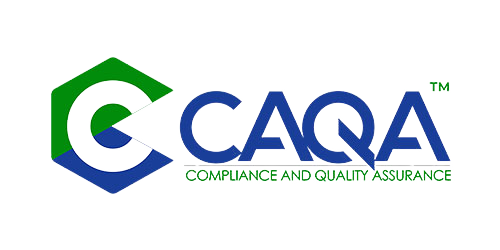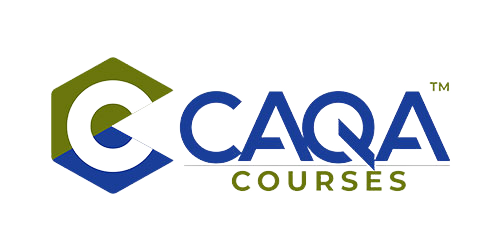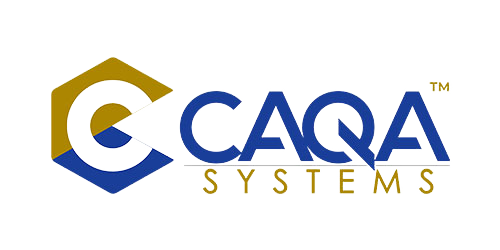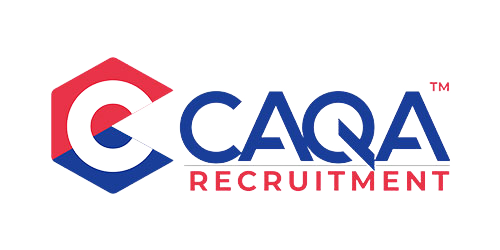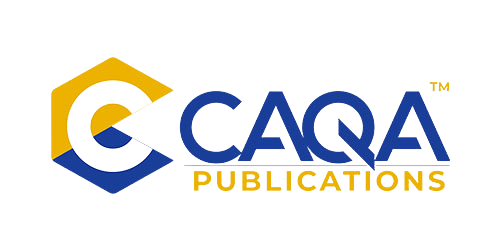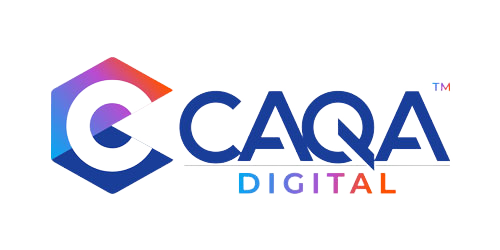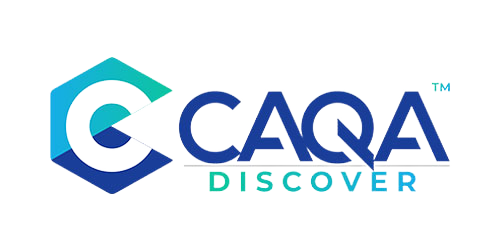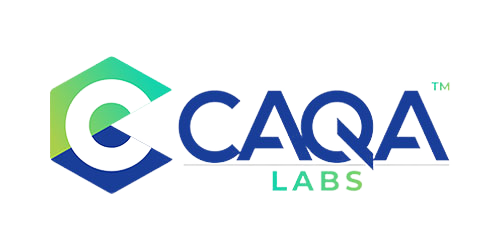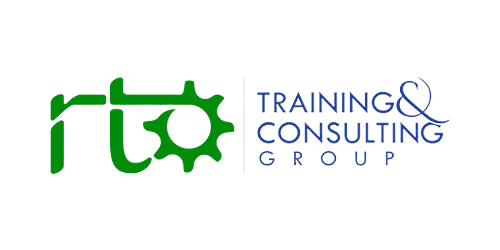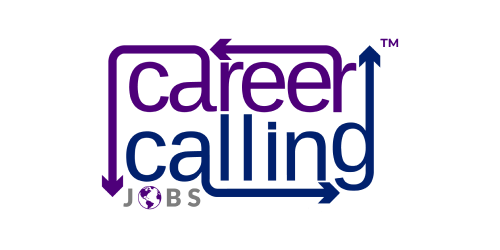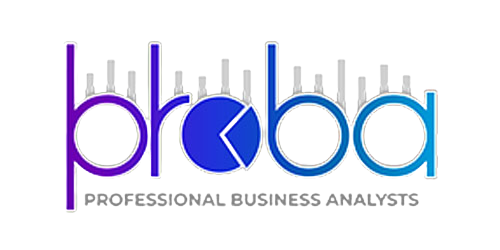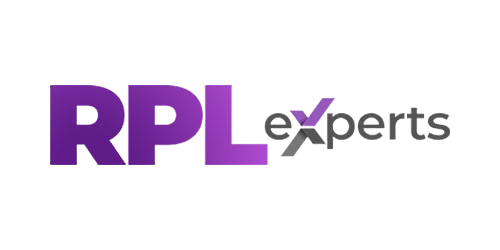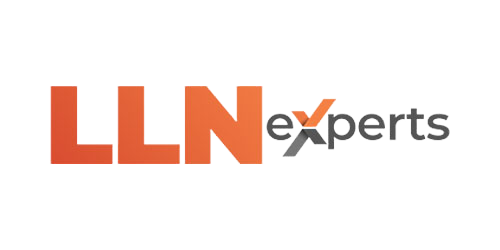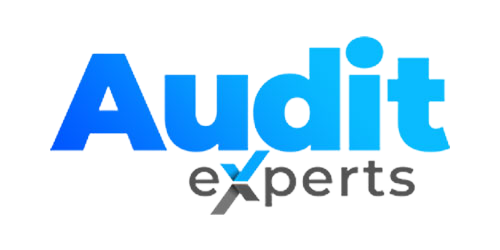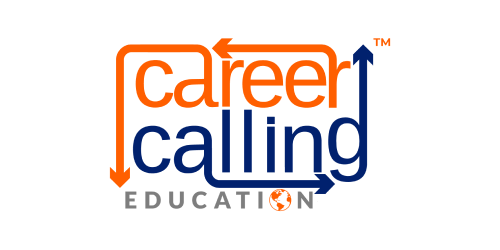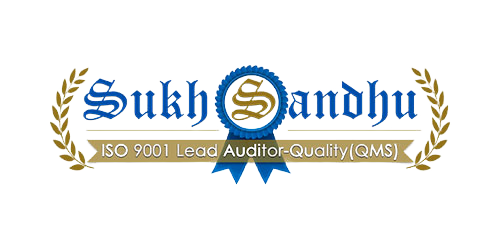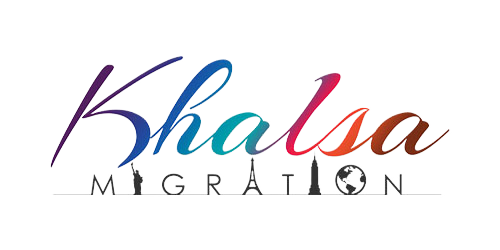In the rapidly evolving landscape of vocational education and training (VET), maintaining the currency of trainers' skills is essential for delivering high-quality education that meets industry demands. Registered Training Organisations (RTOs) must ensure their trainers and assessors are up-to-date with industry practices and VET requirements. This article outlines the simple yet effective ways RTOs can support the continuous development of their trainers and assessors, ensuring compliance with standards and enhancing the quality of training and assessment.
Supporting Continuous Development
RTOs must actively contribute to the ongoing development of their trainers' and assessors' vocational education and training knowledge, as well as their industry currency and competence. It is essential to remember that the responsibility to demonstrate compliance with the standards lies with the RTO, not the individual trainers and assessors. Here are key strategies for RTOs to ensure their staff remain current and competent:
1. Meaningful Industry Engagement
Engaging with the industry is vital for maintaining the relevance of training programs. RTOs can support their trainers and assessors by:
- Part-time or Casual Employment in the Industry: This is the easiest way to demonstrate current industry skills. Trainers working part-time or casually in the relevant industry should submit evidence of their employment to meet the requirements.
- Volunteer Work in the Industry: If the relevant industry allows volunteer work, this is another straightforward method. Trainers need to submit evidence of their volunteer activities to meet the requirements.
- Industry Visits: For trainers and assessors not actively employed in the industry, visiting relevant workplaces 3-4 times a year (or more as required) can be highly effective. During these visits, trainers should collect information on new developments, including technology changes and other industry shifts. Access an industry visit form that you can modify according to your RTO's requirements and processes.
2. Professional Development in Teaching and Learning
Continuous professional development is essential for trainers and assessors to stay updated with the latest teaching methodologies and VET sector requirements. RTOs should:
- Professional Development Activities: Trainers should participate in professional development activities such as webinars, networking events, industry projects, and reading blogs and magazines. Maintaining records that clearly demonstrate the connection between these activities and the units of competency delivered as a VET trainer and assessor is crucial.
- Provide access to workshops, seminars, and courses focused on teaching and learning methods.
- Encourage participation in communities of practice and mentoring programs.
- Support personal development through subscriptions to relevant journals and publications.
3. Fostering a Culture of Critical Evaluation and Innovation
Creating an environment that promotes critical evaluation and innovation helps trainers and assessors continuously improve their practices. RTOs can foster this culture by:
- Encouraging trainers and assessors to regularly reflect on their teaching and assessment methods.
- Promoting the sharing of best practices and innovative approaches among staff.
- Supporting participation in projects with industry partners to develop new training materials and methods.
How to Stay Up-to-Date in Terms of Industry Currency
In many situations, trainers and assessors may be working in the industry sector, and this can be used as evidence for industry currency. Where this is not the case, currency needs to be established through different mediums such as:
- Attending Trade Events, Workshops, Conferences, and Technical Seminars: Participation in these events keeps trainers abreast of the latest industry trends and innovations.
- Reading Industry Magazines and Journals: Subscribing to and taking notes from industry publications can help maintain current knowledge.
- Undertaking Online Research: Keeping documented logs of online research activities can demonstrate efforts to stay current.
- Engaging in Industry Networks and LinkedIn Groups: Active participation in industry networks and professional groups on LinkedIn can provide valuable insights and updates.
- Product Manufacturer/Vendor Training: Attending training sessions provided by product manufacturers or vendors helps trainers stay informed about new products and technologies.
Factors Influencing Industry Currency
Several factors can influence the currency of industry skills, including:
- Technology Innovation: Rapid advancements in technology can quickly make current skills outdated.
- Changing Legislation and Regulatory Requirements: Keeping up with new laws and regulations is essential for compliance.
- Changes to Industry Practice: Evolving industry standards and practices require continuous learning.
- New and Emerging Skills and Specialisations: As work practices change, new skills and specializations emerge.
- Technical Skills Becoming Outdated: Periods of non-use can render technical skills obsolete.
What is "Industry Current or Currency Period"?
Each RTO has to consider the relevant factors, ideally in consultation with industry, to determine an appropriate currency period. Generally, any skills or knowledge that is 2 years old or more may not be considered current, depending on the industry's rate of change.
The Definition of Vocational Education and Training Currency
VET currency refers to the competence of an individual to work in the vocational education and training sector. Current VET trainers and assessors must:
- Develop knowledge and practice of vocational training and assessment, including competency-based training and assessment competencies, through continual professional development.
- Undertake professional development that contributes to the demonstration of vocational training and learning requirements.
How to Stay Up-to-Date in Terms of VET Currency
Trainers and assessors can maintain VET currency through various activities, such as:
- Subscribing to VET and RTO Newsletters and Magazines: Keeping a professional development log of readings and learnings can help document this process.
- Participation in VET Forums and Discussions: Engaging in discussions on platforms like LinkedIn provides insights into the VET sector.
- Attending VET Seminars, Conferences, and Workshops: Particularly those delivered by regulatory bodies.
- Enrolling in PD Courses and Workshops for RTO Staff: Continuous education and skill enhancement.
- Participation in Resource Writing and Validation: Contributing to the development and validation of educational resources.
Licensing Requirements for Trainers and Assessors
If licensing requirements vary from the training package requirements, RTOs must ensure that all aspects of the training package are met. For example, in Australia, a white card is mandatory for training and assessing students on construction sites, in addition to other training package requirements.
Conclusion
Maintaining industry and VET currency is critical to ensuring the delivery of high-quality vocational education. RTOs must support their trainers and assessors through meaningful industry engagement, continuous professional development, and fostering a culture of innovation and critical evaluation. Documenting these activities not only demonstrates compliance but also enhances the credibility and quality of the training provided.
By investing in the continuous development of trainers and assessors, RTOs can ensure their staff remain current and competent, ultimately providing students with the most relevant and up-to-date learning experiences. This commitment to excellence in training and assessment benefits not only the students but also the industries they will serve.
